Buea, Cameroon
Is Your Policy My Policy?

<p><span style="background-color: transparent;">In our present day society which is fast paced and diverse, certain things remain unchanged. People have various sources of information to consume, ranging from newspapers, radios, TVs or news websites. However, there are cases where one and the same information can be narrated differently by each media, while some may choose not to narrate the story at all. Such circumstances are greatly influenced by the editorial policy of each media organ.</span></p><p>The editorial policy refers to the guiding principles, rules and values upheld by media houses that determine what should be broadcast to the public. It defines the journalistic identity, credibility and orientation of the media house.
</p><p>Several factors make up the editorial policy of a media house, notably purpose, accuracy and objectivity, respect of ethics etc., and while media houses share common factors like respect of ethics and accuracy, other factors like impartiality may not be common. There are some media houses that choose to focus on the good aspects of a story they cover.
</p><p>For example, a news magazine can focus on fashion and culture of a people, a radio channel can focus on health in general, a TV channel can be strictly religious, or a news website can focus on technology and mechanics. For each of these examples, the media houses will ensure that latest news updates, programmes and documentaries revolve around the chosen domain.
</p><p>While most media organs have similar sources of funding, their missions and editorial independence are different. This is what makes some of them to be Public Service Broadcasters (PSBs) while others are State Broadcasters (SBs) . A clear-cut example being the British Broadcasting Corporation (BBC) being a public service broadcaster and the Cameroon Radio and Television (CRTV) being a state broadcaster.
</p><p>This will be explained further in another insight. Until then, can you think of some features that make PSBs different from SBs? Or to you are they the same?</p>


Is Your Policy My Policy?
By
 Suzanne Nanyonge
•
20 plays
Suzanne Nanyonge
•
20 plays
 Suzanne Nanyonge
•
20 plays
Suzanne Nanyonge
•
20 plays
0:00 /
0:00
Other insights from Suzanne Nanyonge
Referral Earning
Points-to-Coupons
Insights for you.








 149
149































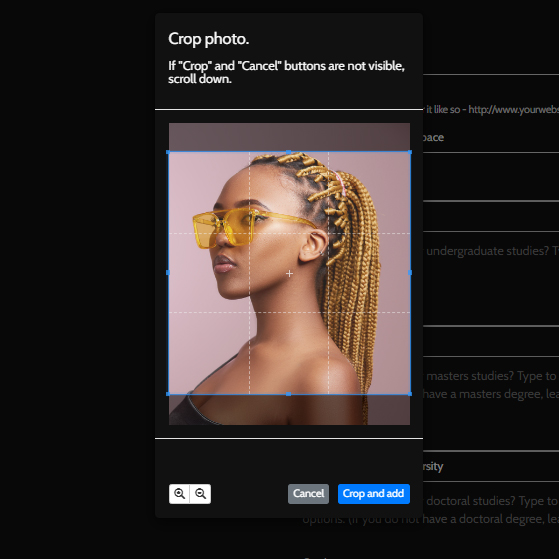
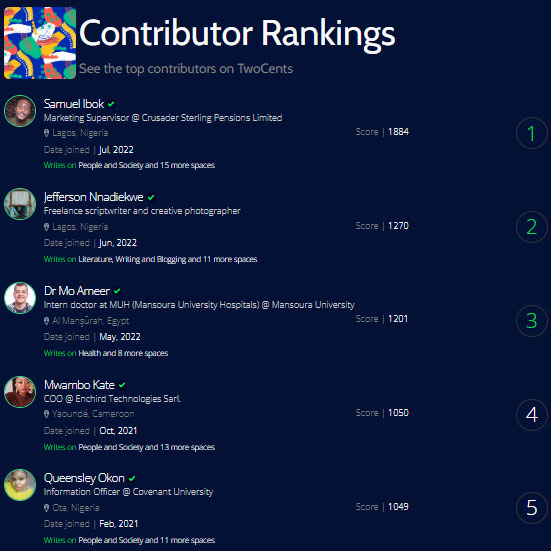

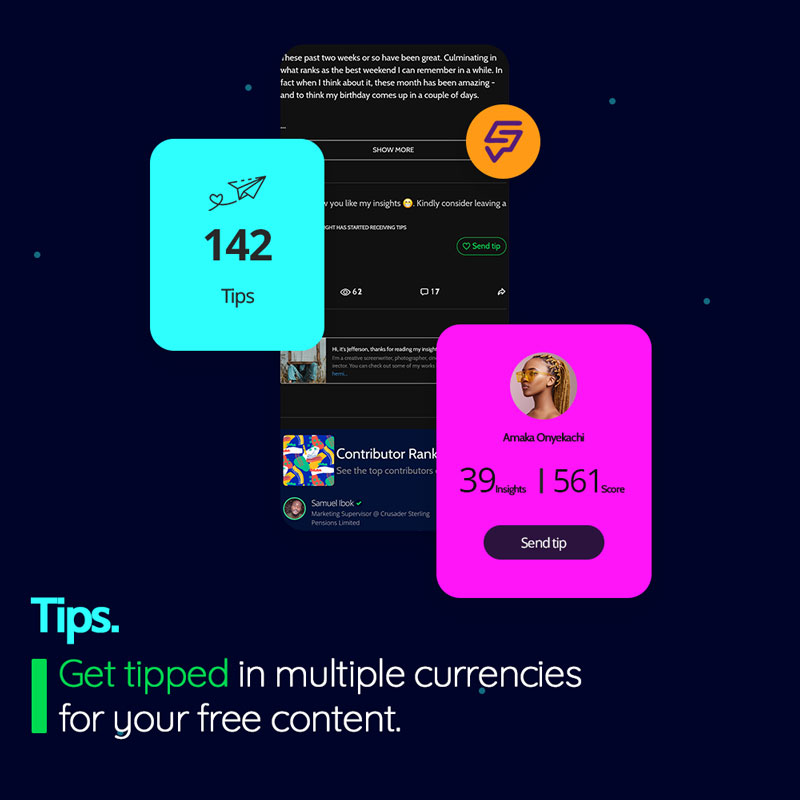
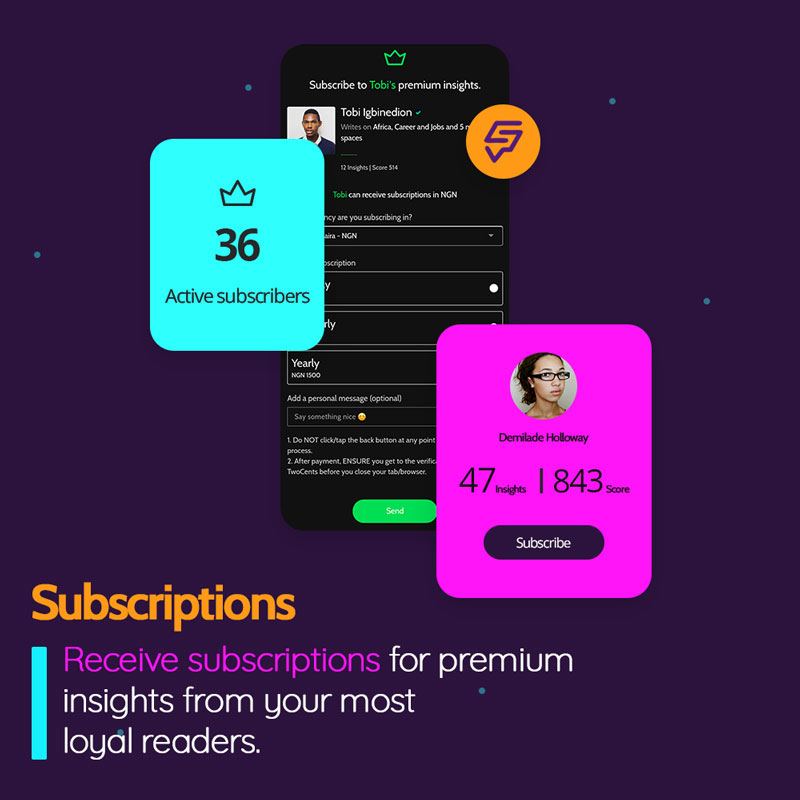
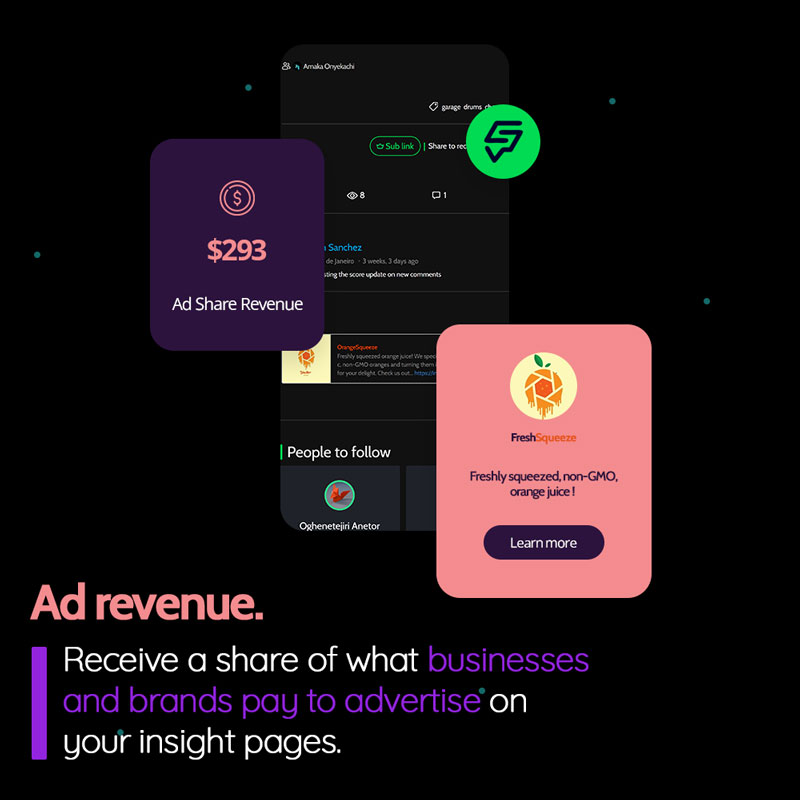
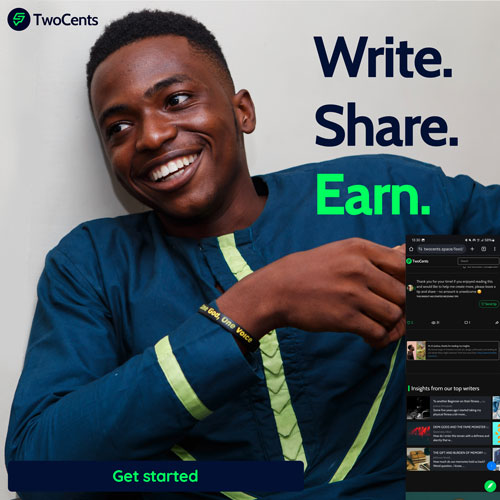
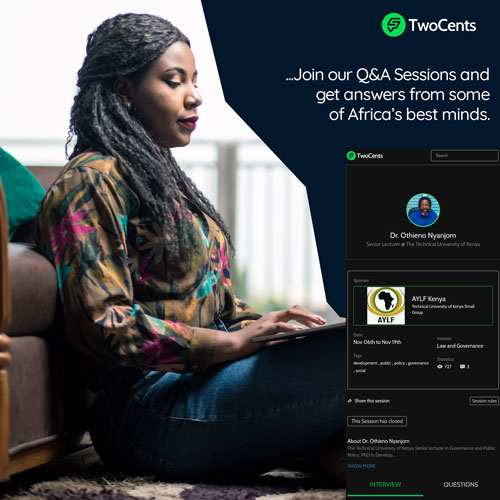
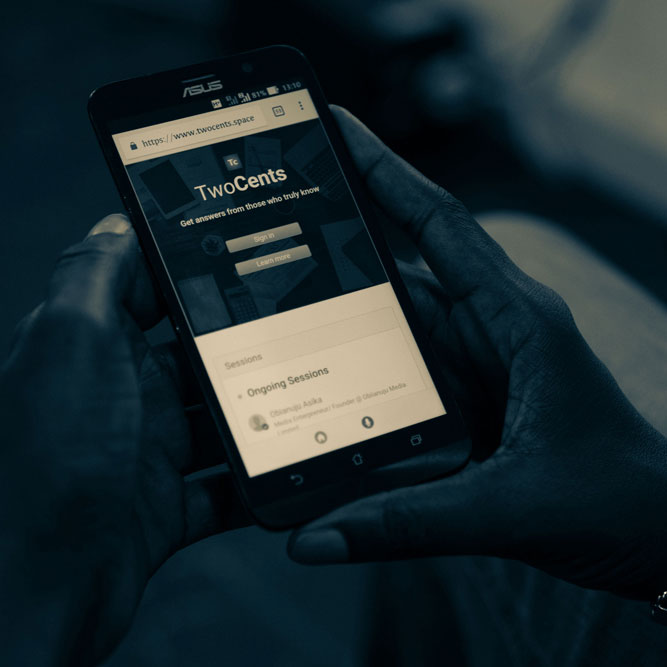














Comments